Ten top tips to keep your gasketed plate heat exchangers in tip top condition
Contents/ Mục Lục
- 1. Make sure that the operating conditions (temperatures and flow rates) comply with the design specifications.
- 2. At start-up, vent the heat exchanger but open and close the valves slowly to avoid pressure surges and water hammer.
- 3. Use upstream filters and strainers to remove particulate fouling and protect the heat exchanger.
- 4. On a daily basis check for any changes in temperature or pressure and check for any signs of external leaks.
- 5. On a regular basis keep the tightening bolts clean and well-lubricated.
- 6. Use Performance Audit to avoid having to open the plate heat exchanger for inspection.
- 7. Use Cleaning-In-Place (CIP) to avoid the need to open the heat exchanger for cleaning.
- 8. Always keep stand-by units clean and dry. If a heat exchanger is taken out of service, flush with fresh water and drain it completely.
- 9. Protect heat exchangers from water splash and rain. Avoid exposure to ultra violet rays and ozone typically generated from electrical sources.
- 10. Only use genuine spare parts for guaranteed performance, reliability and equipment life. Maintain a stock of essential spare parts and follow the storage instructions.
Comment

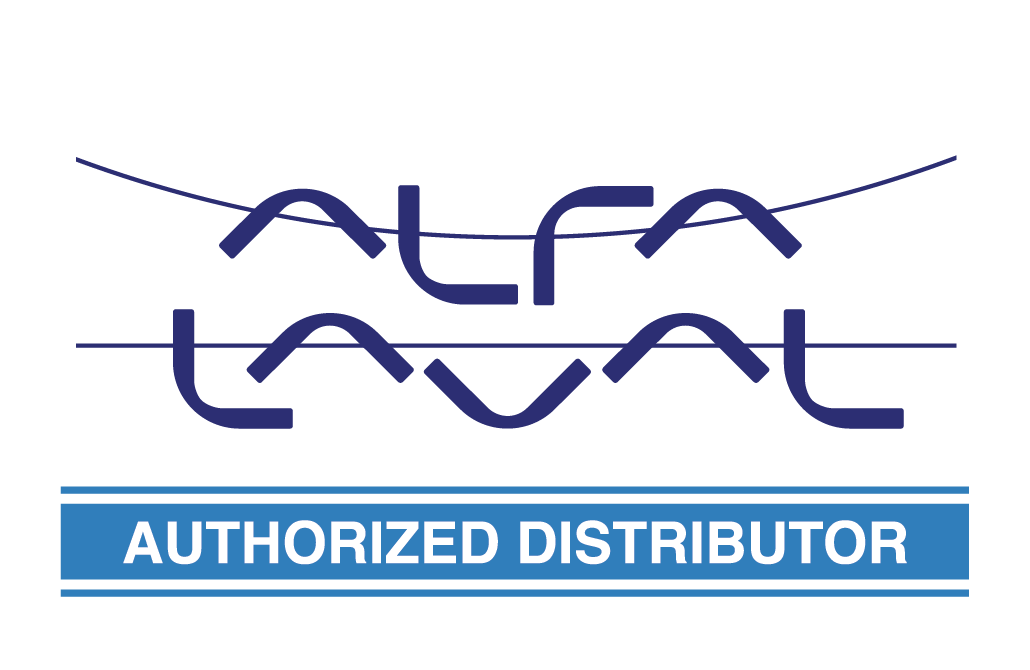
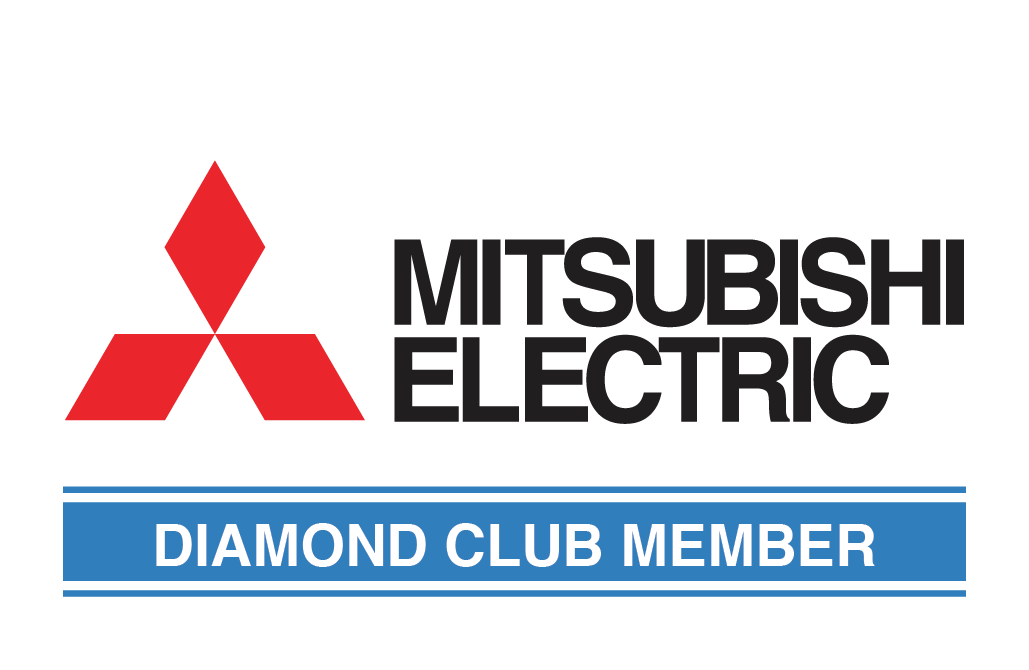
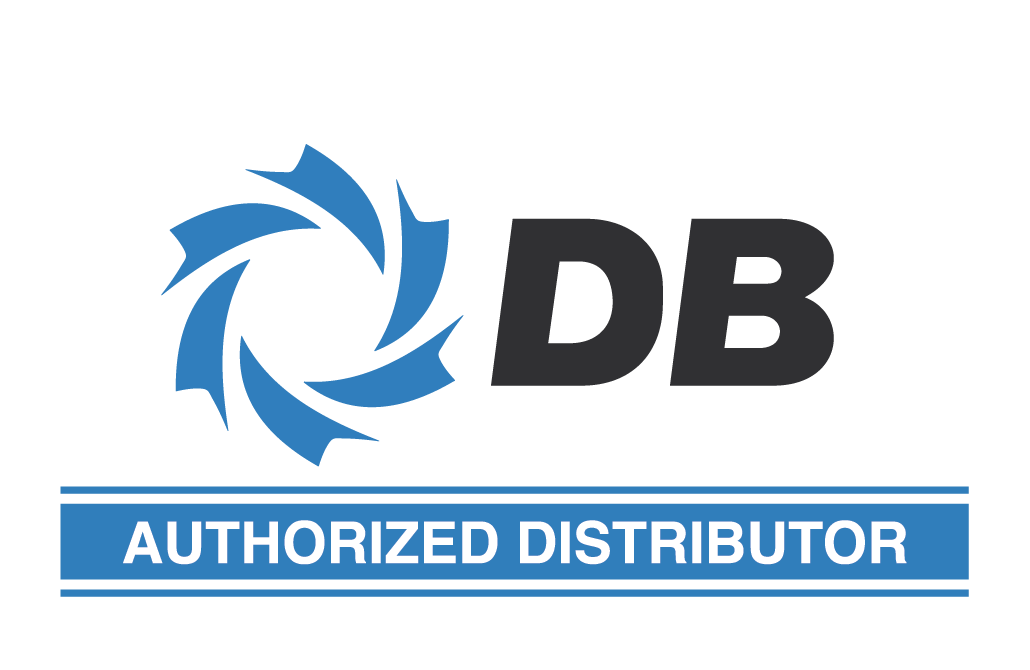

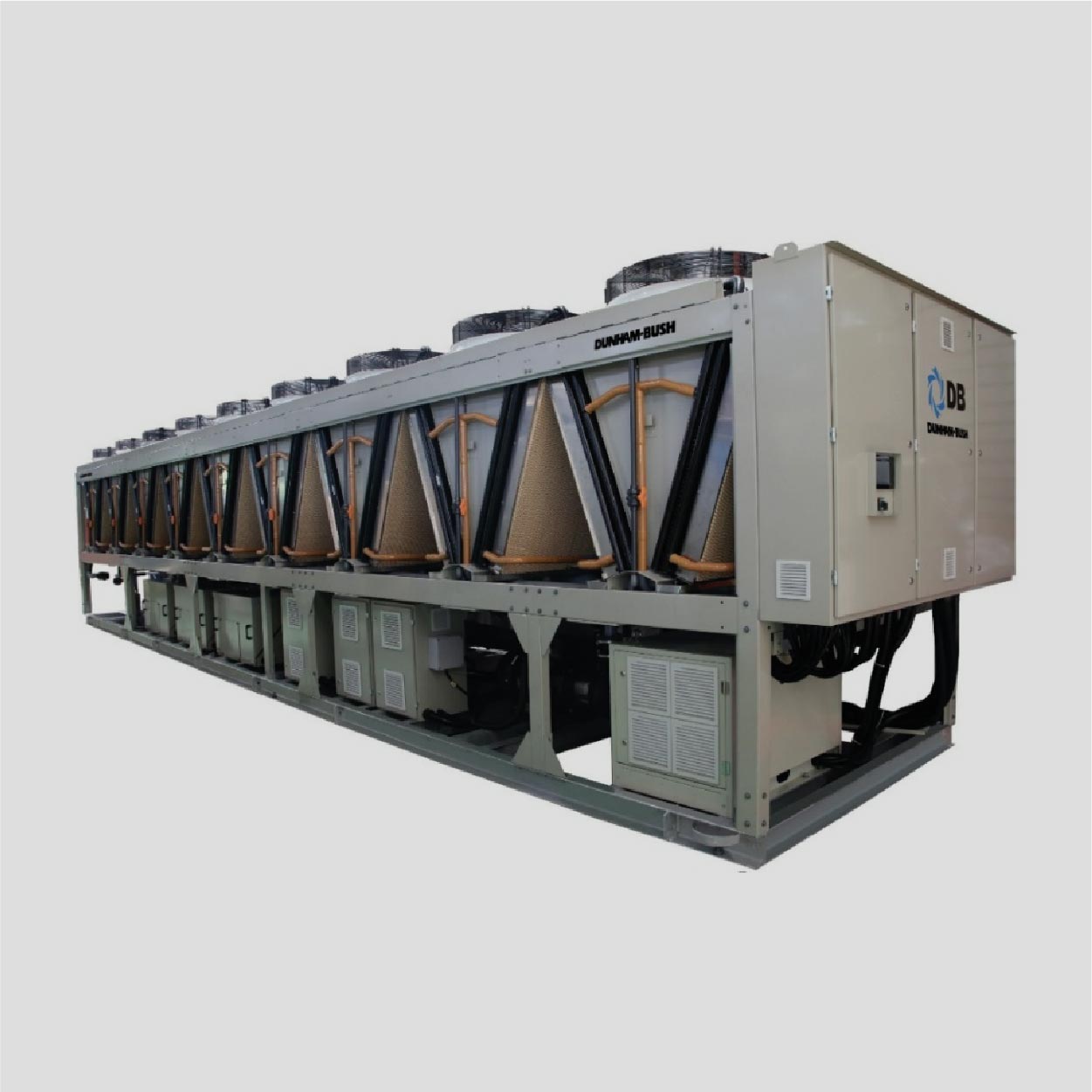

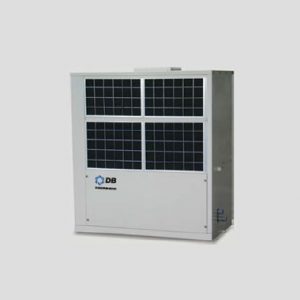
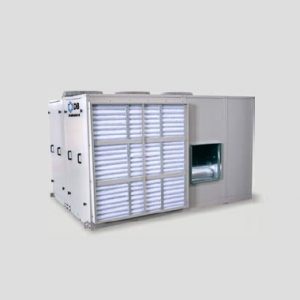

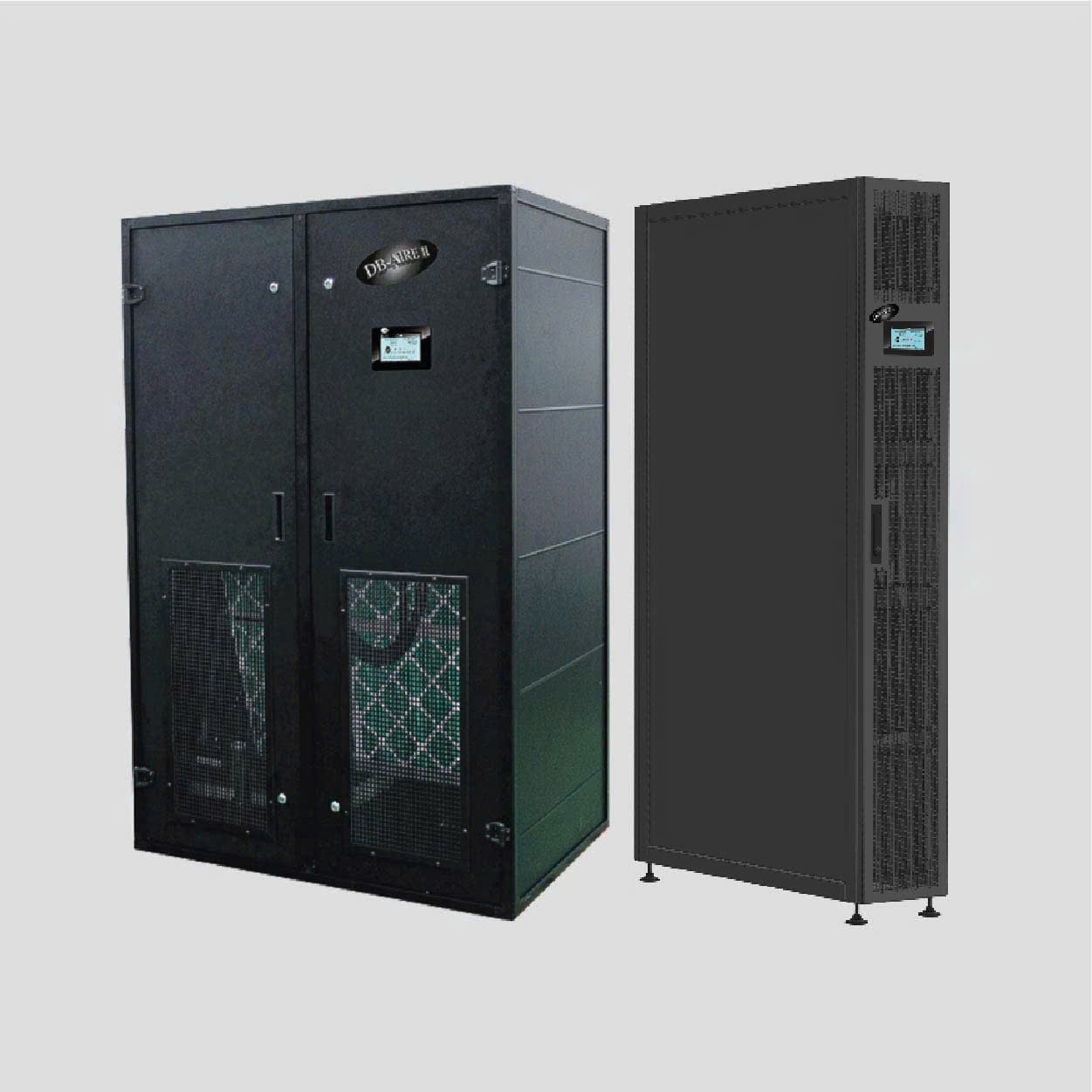
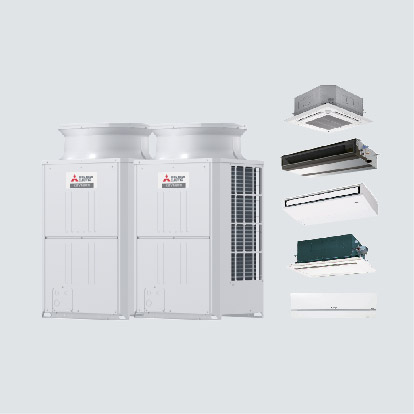
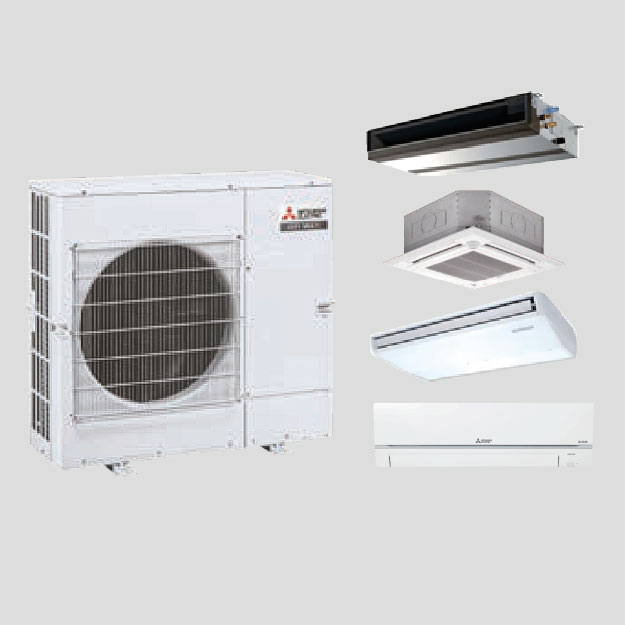
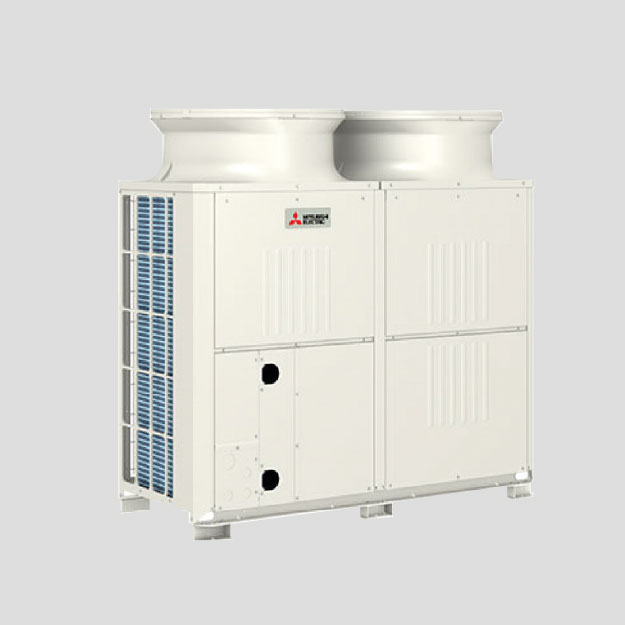
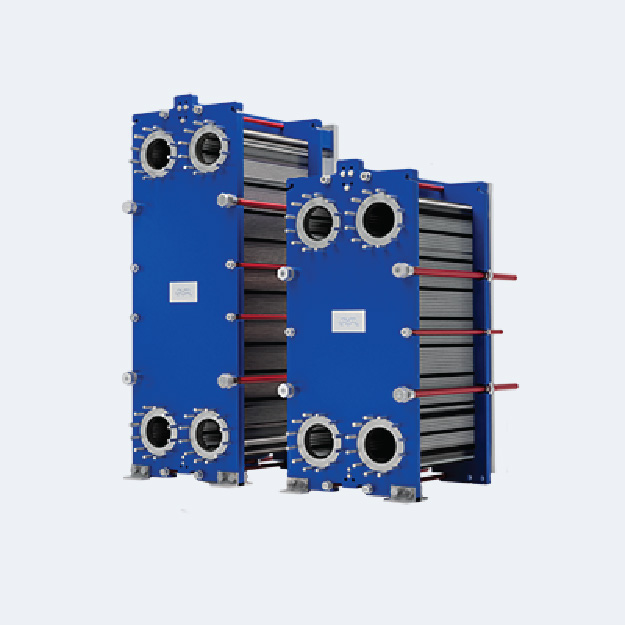
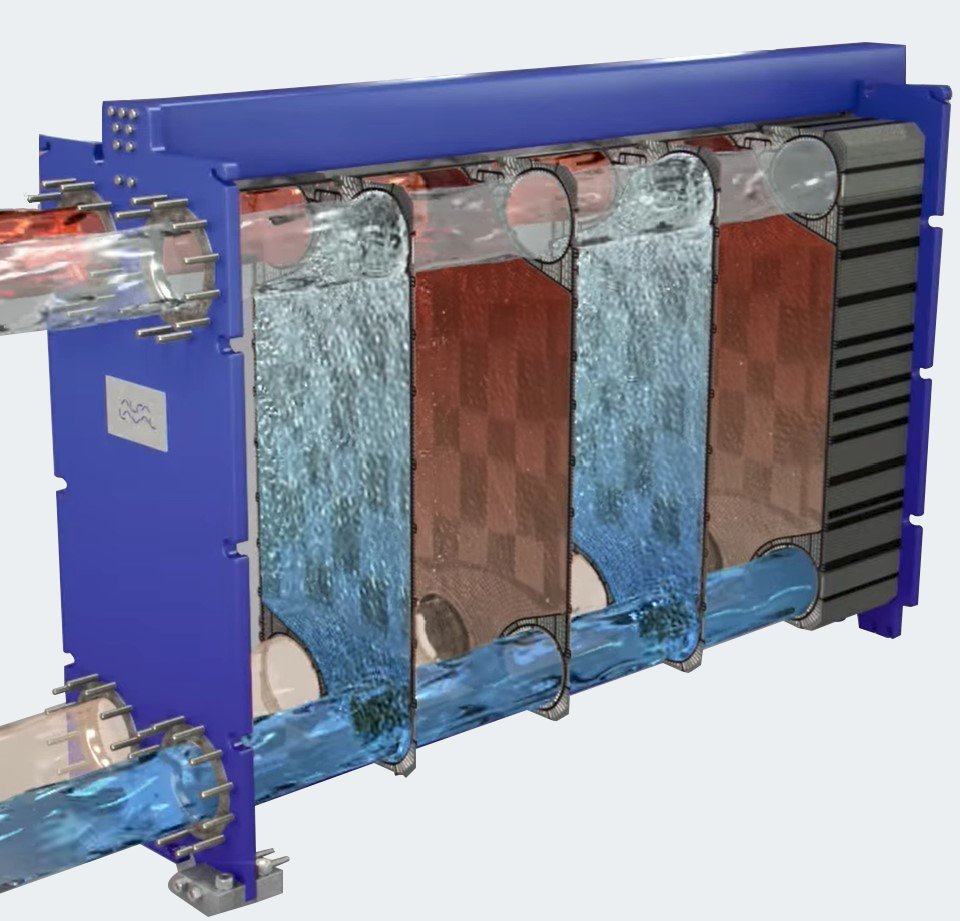
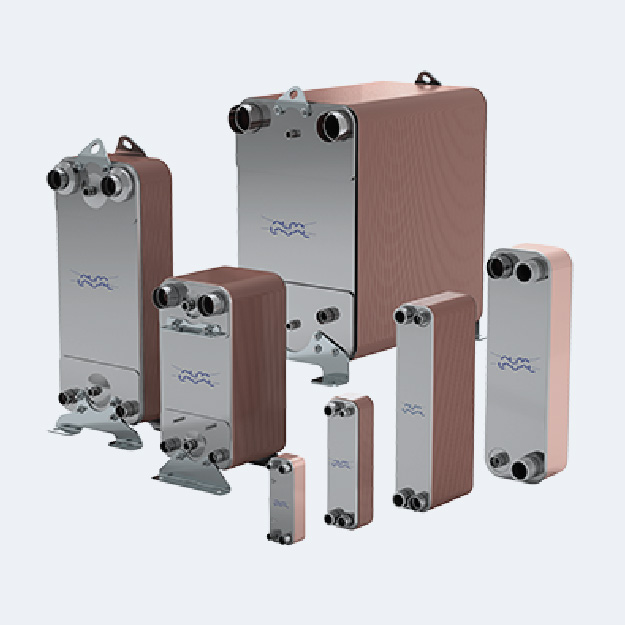

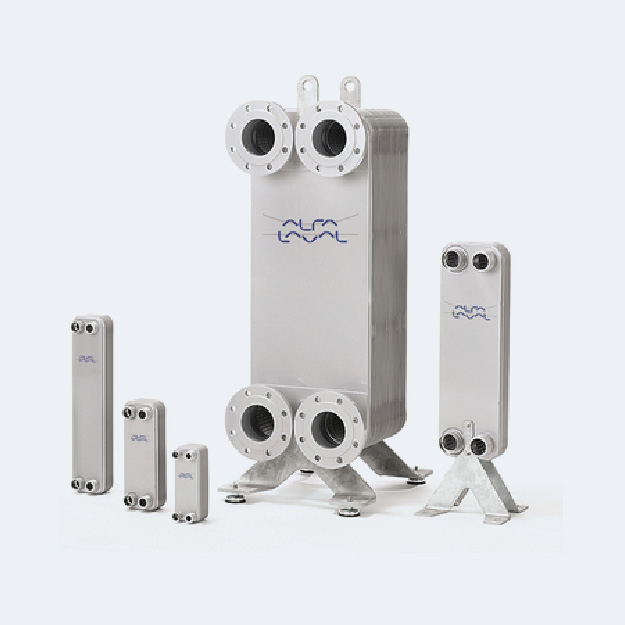
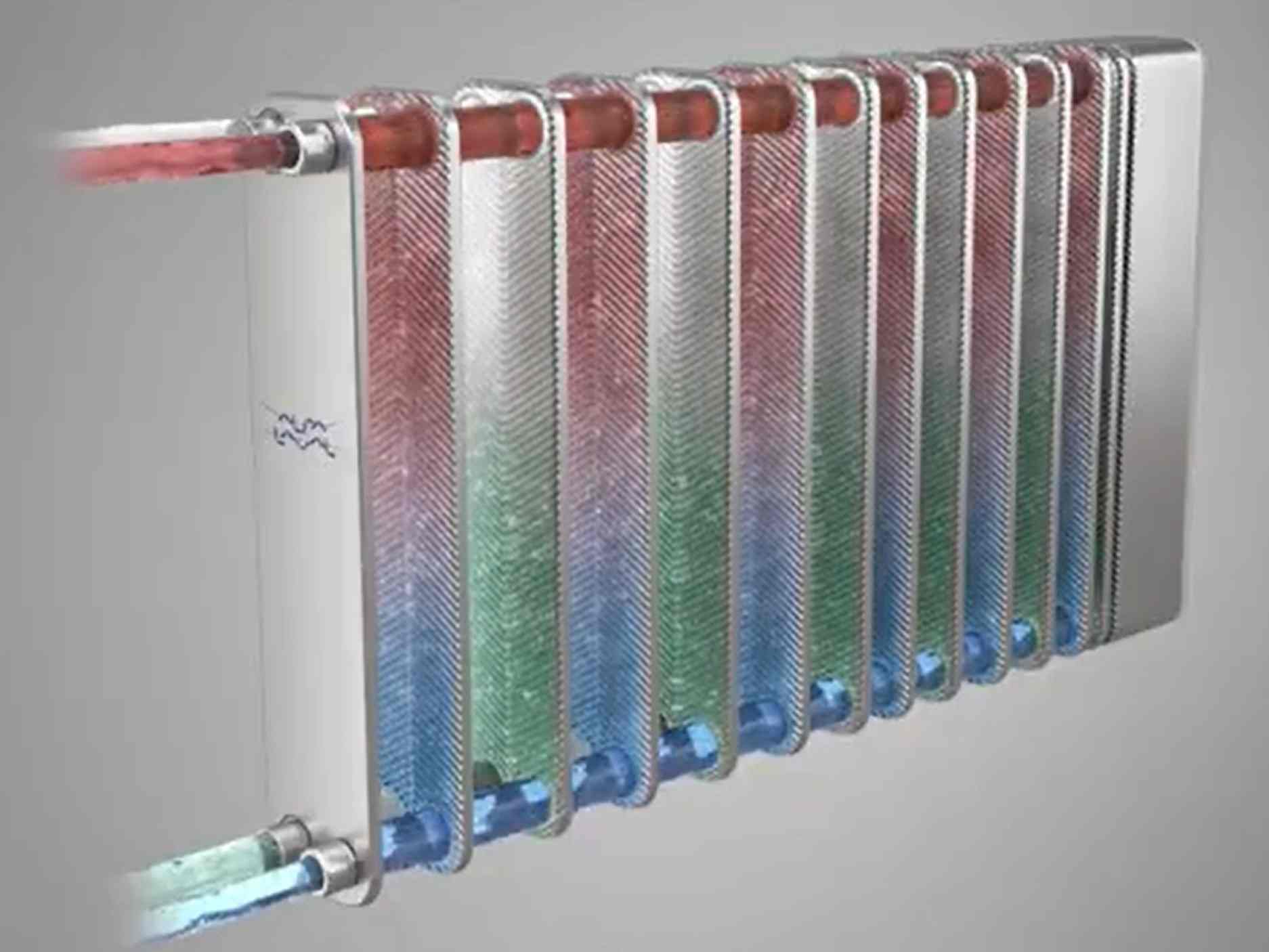




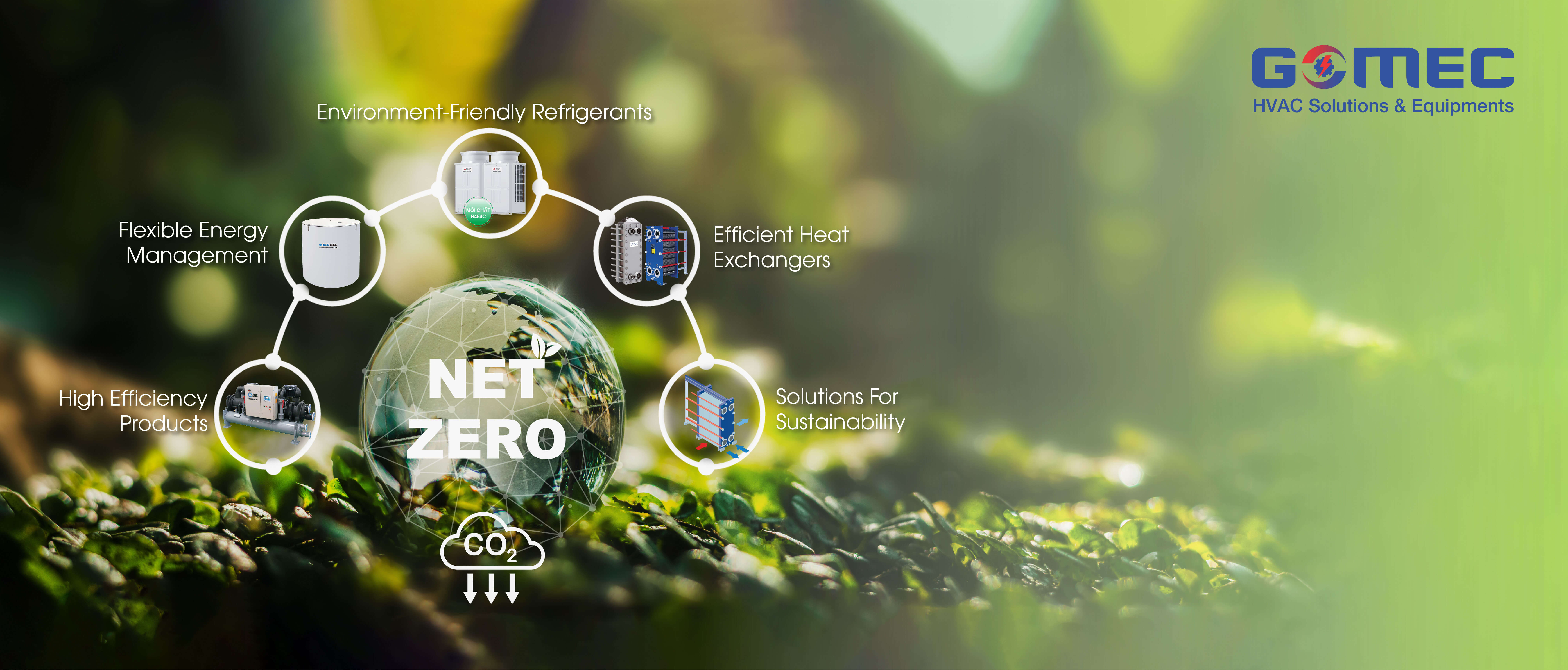








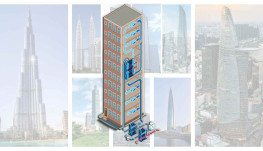

Leave a Reply